Everyone talks about propagation, but nobody does anything about it! That’s of course because it is completely out of our control, and to degrees arguable by experts, notoriously unpredictable. Many institutions are devoted to Space Weather and tasked with forecasting ionospheric conditions. But I’ve never found a month- or week-old sunspot count of use on the occasion I care to operate. One can check the generous number of real-time solar parameter reports, but these at least need prerequisite expertise, and at best are not unequivocal.
What is unequivocal is what is actually happening, and you can find this out by observing and participating in the Weak Signal Propagation Reporting network, in which amateur stations systematically probe current conditions using synchronized digital coding at very low power throughout the LF and HF spectrum. WSPR offers a fascinating, informative real-time window into your most likely communication opportunities. [http://wsprnet.org/drupal/]
Two recent offerings offer low-cost entry and eliminate the need to commit a full rig to 20M or 30M WSPR operation. First, the RW-1 receiver. I knew my location was not good but thse results were disappointing. No doubt the bare-wire quasi-inddor antenna here is a limitation to be revisited. Neither am I convinced the PC audio input was behaving.
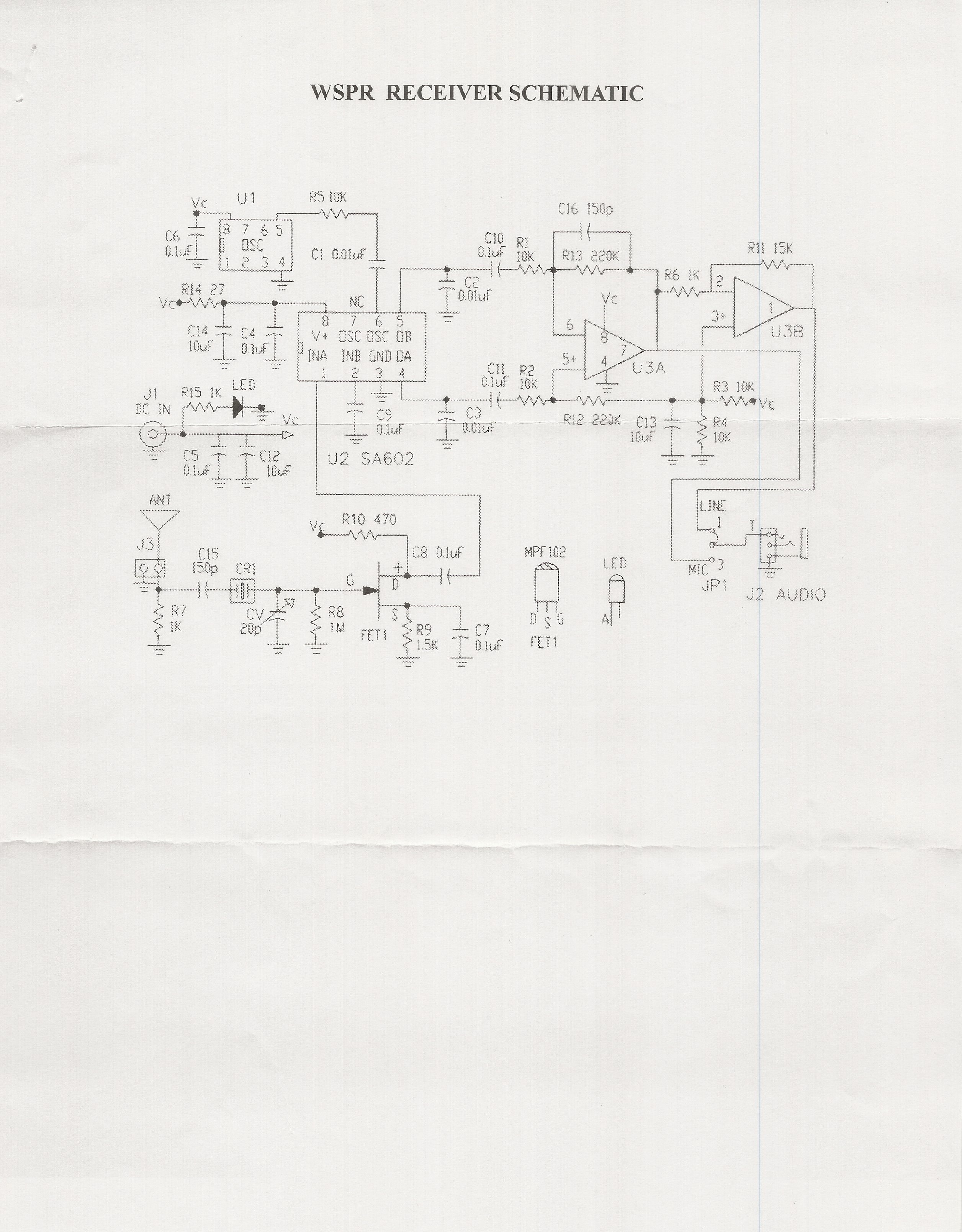
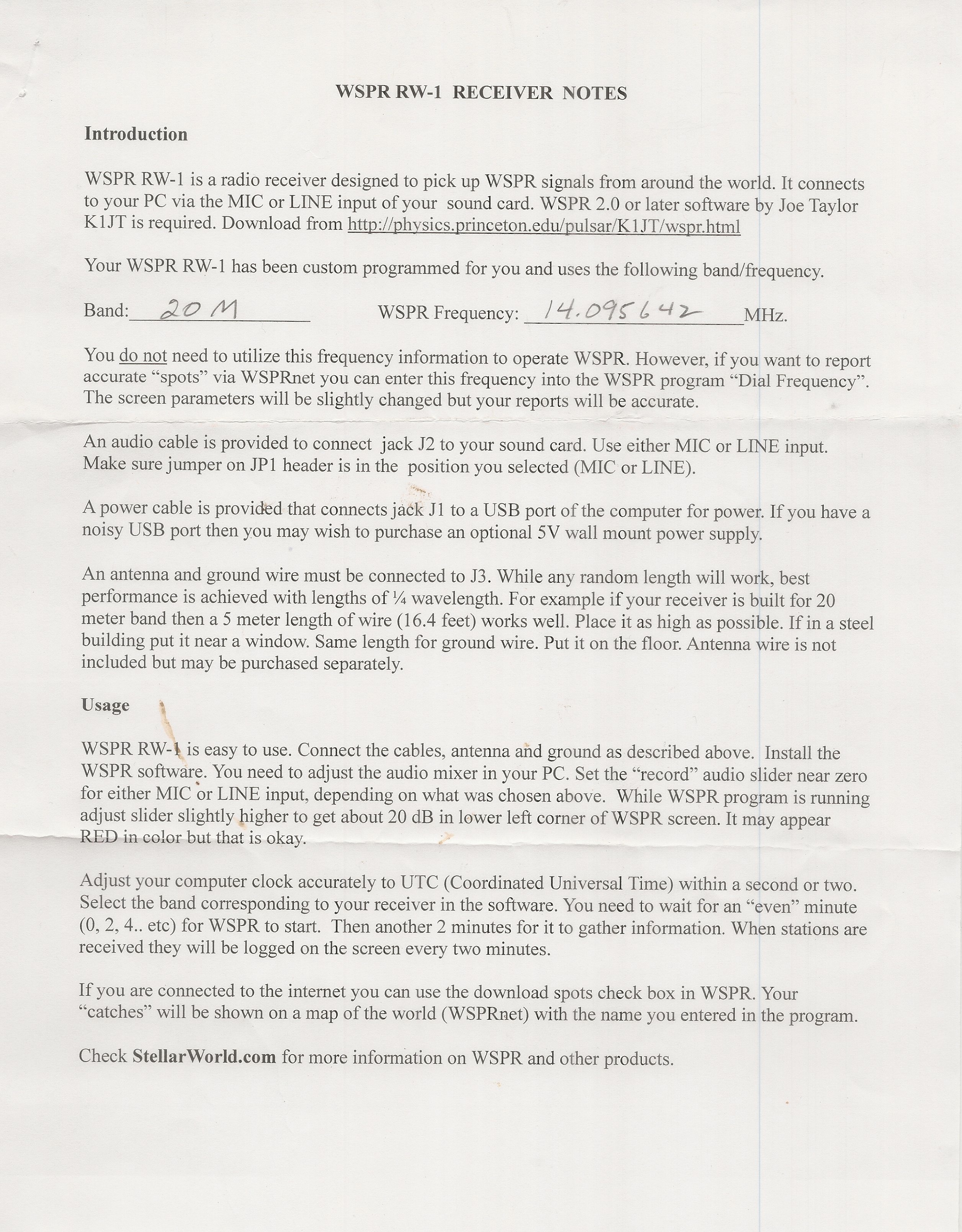


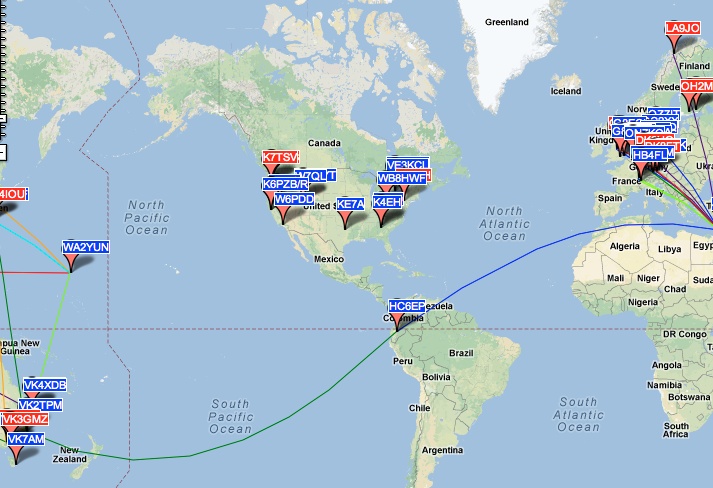
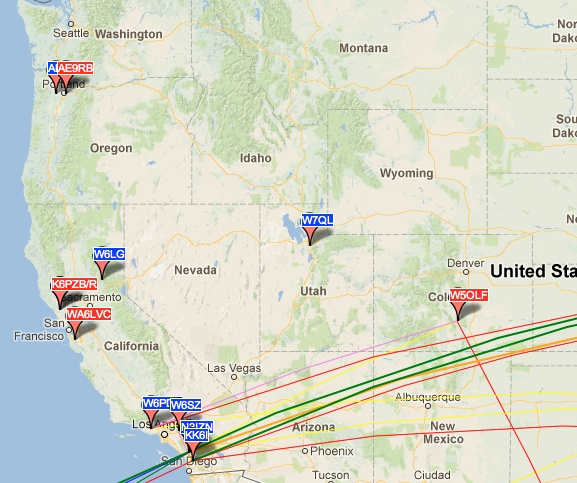
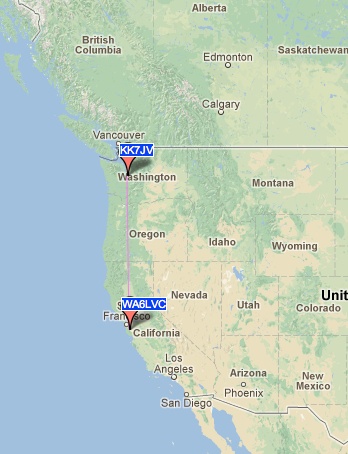
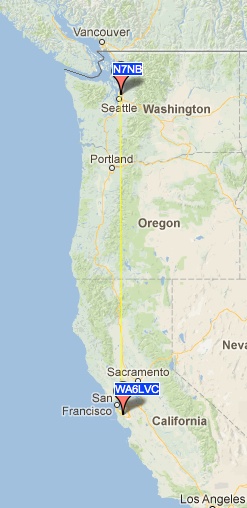
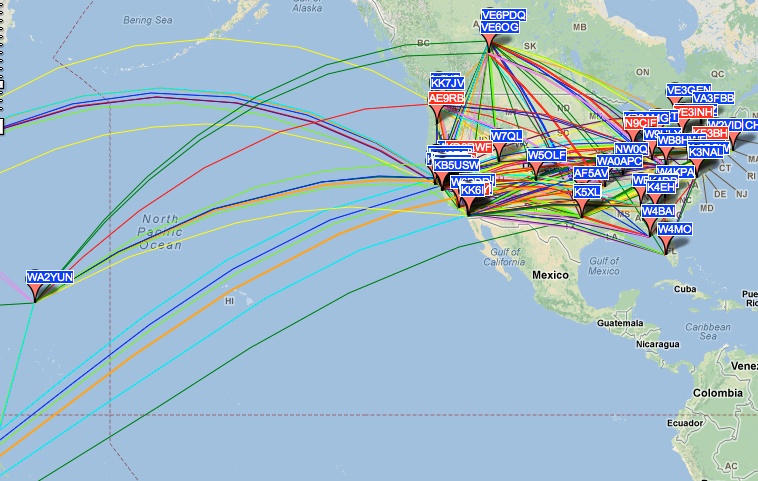
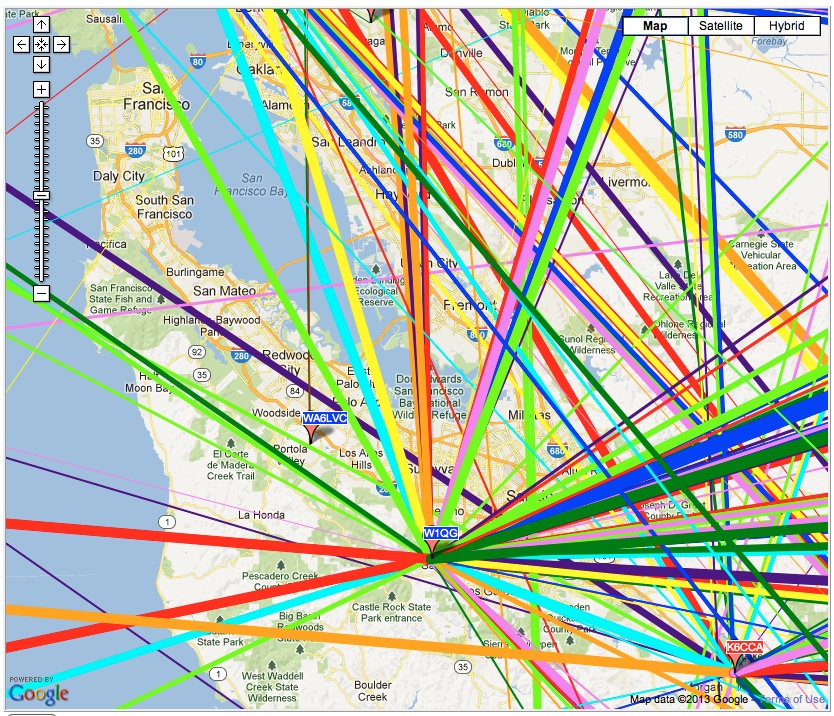
Next, the WSPR-AXE transmitter from W5OLF. Here the point needs be emphasized that this is a Class E transmitter which really requires a good match to its expected 52 ohms. Thus, through a Drake MN-2700 which allowed peaking full 1W output into a DX88 vertical, the results were great; topping the evening with a bounce back to the East Coast to K1JT, Joe Taylor, inventor of the WSPR system (and other protocols).
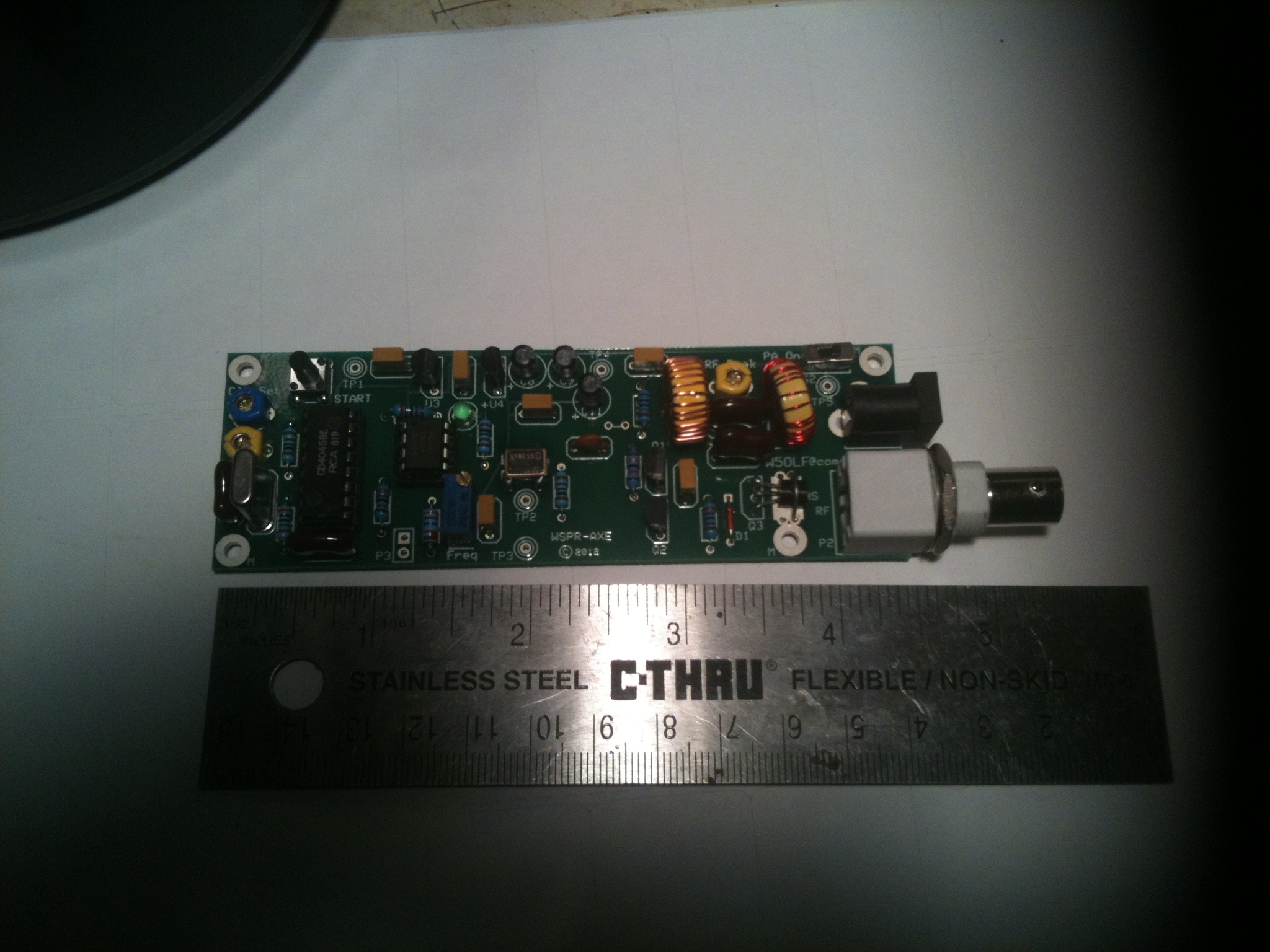
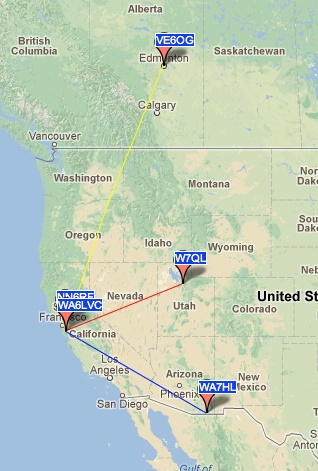
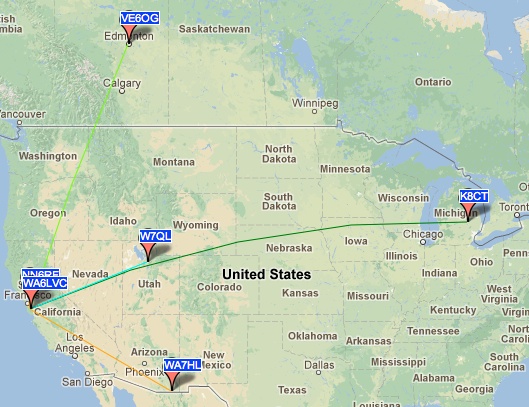
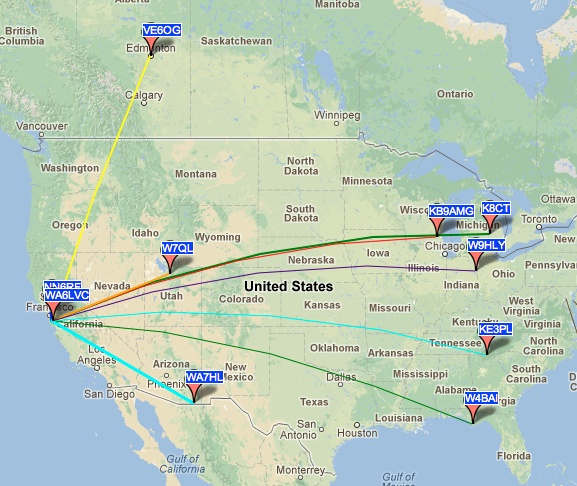
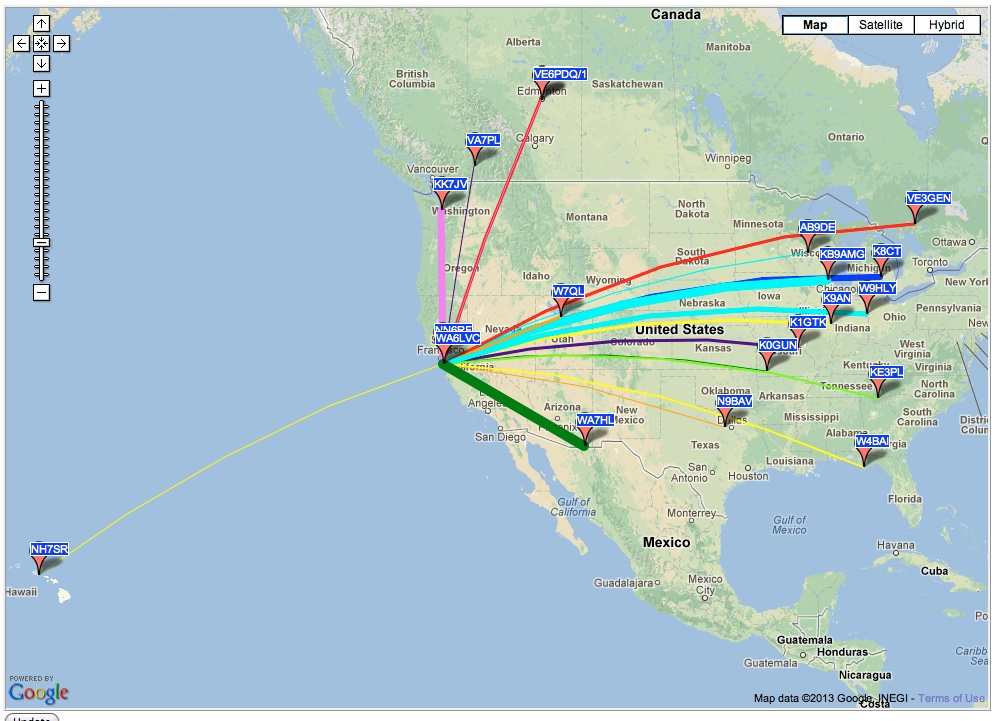
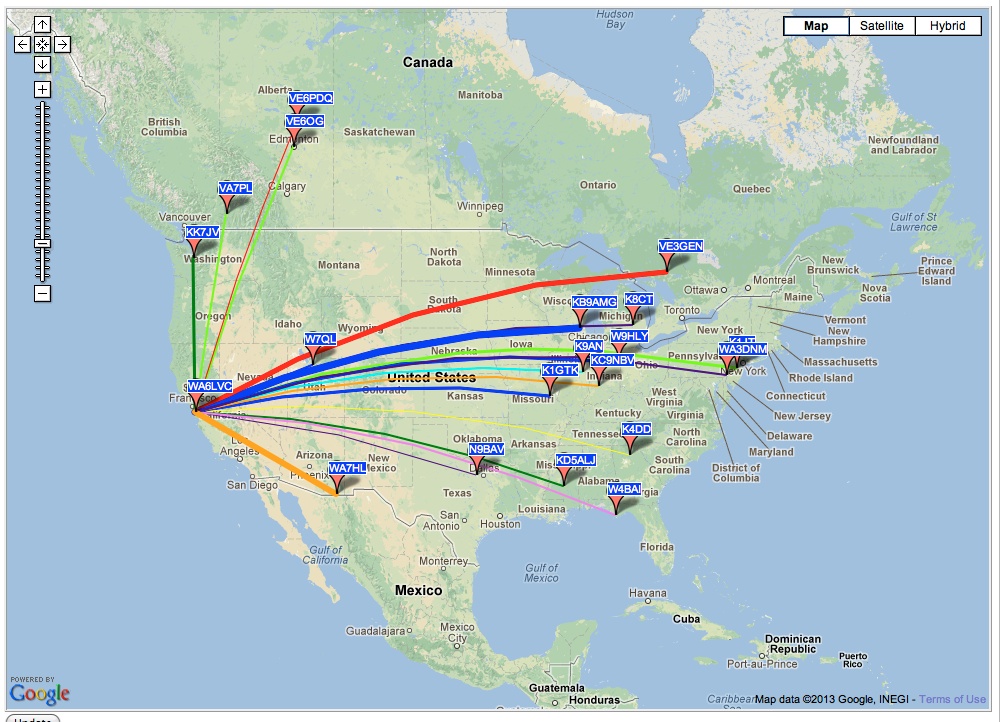
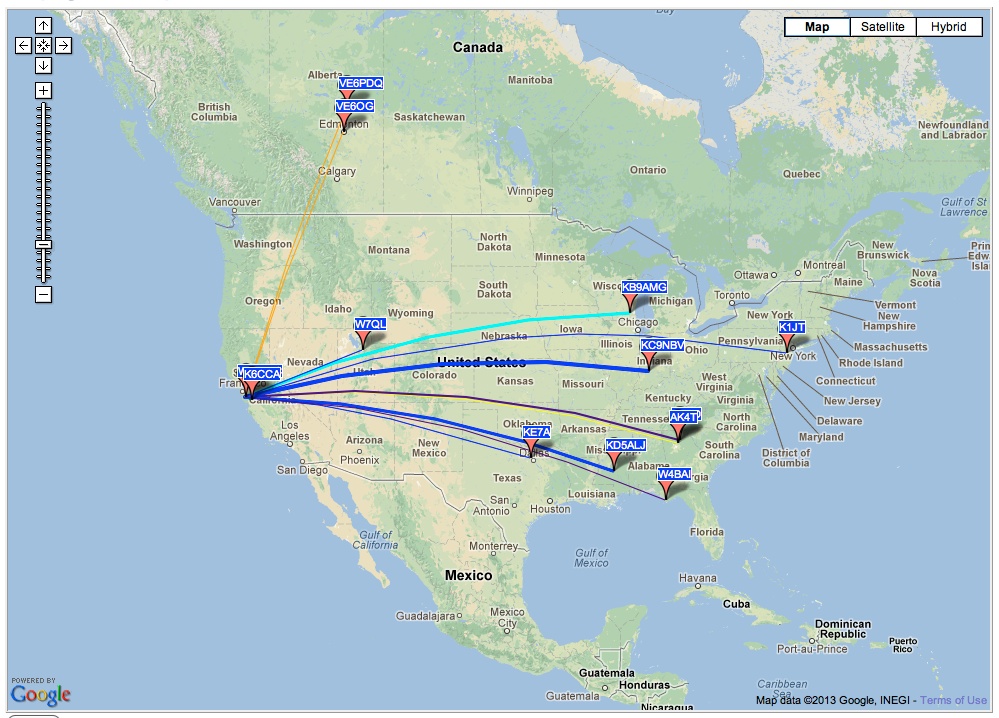
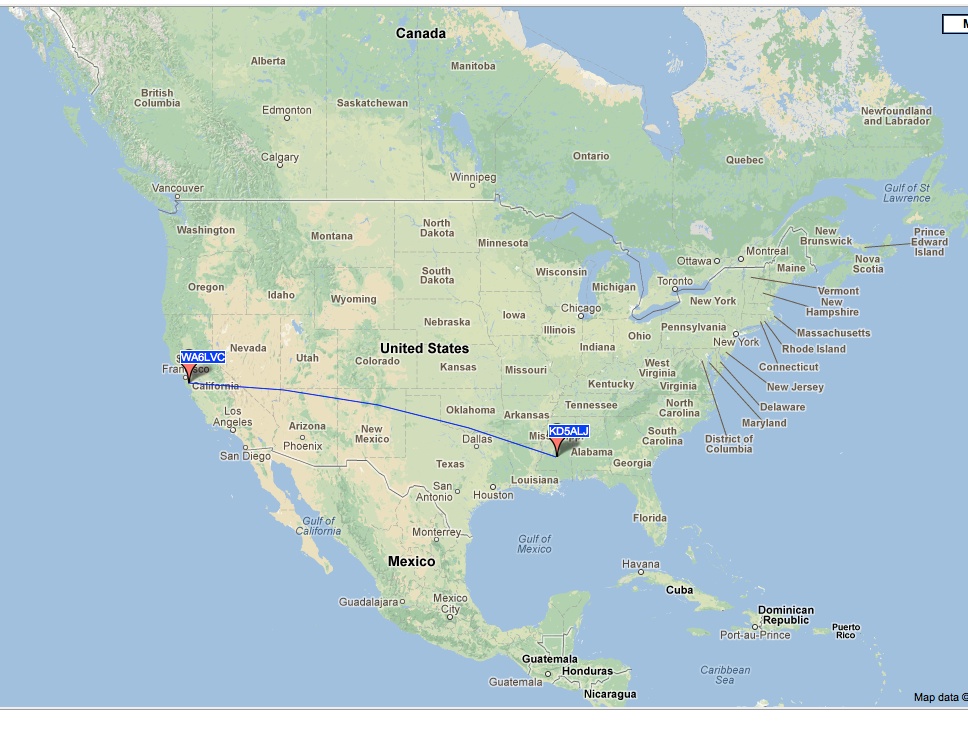
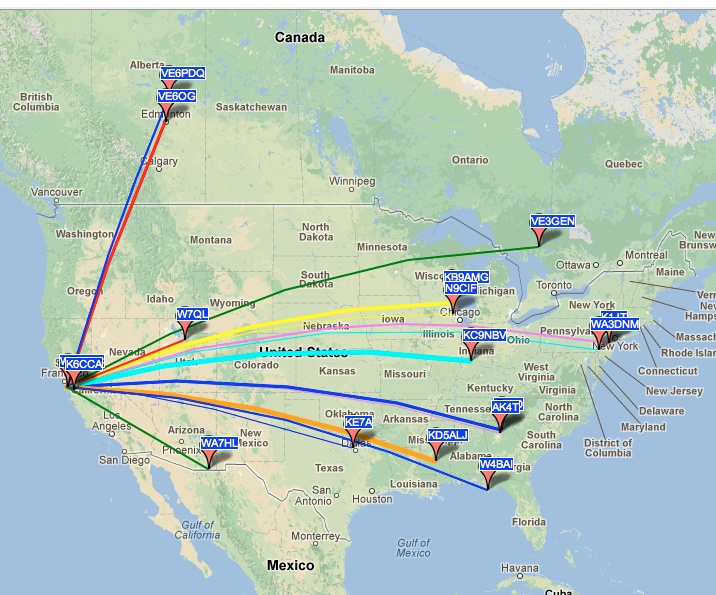
Now familiarized, to obtain multi-band coverage, this does look like a perfect task for the obligatory spare IC-706. The WSPR lunchbox then travels with the HF mobile system, to confirm efficient QTHs.


















